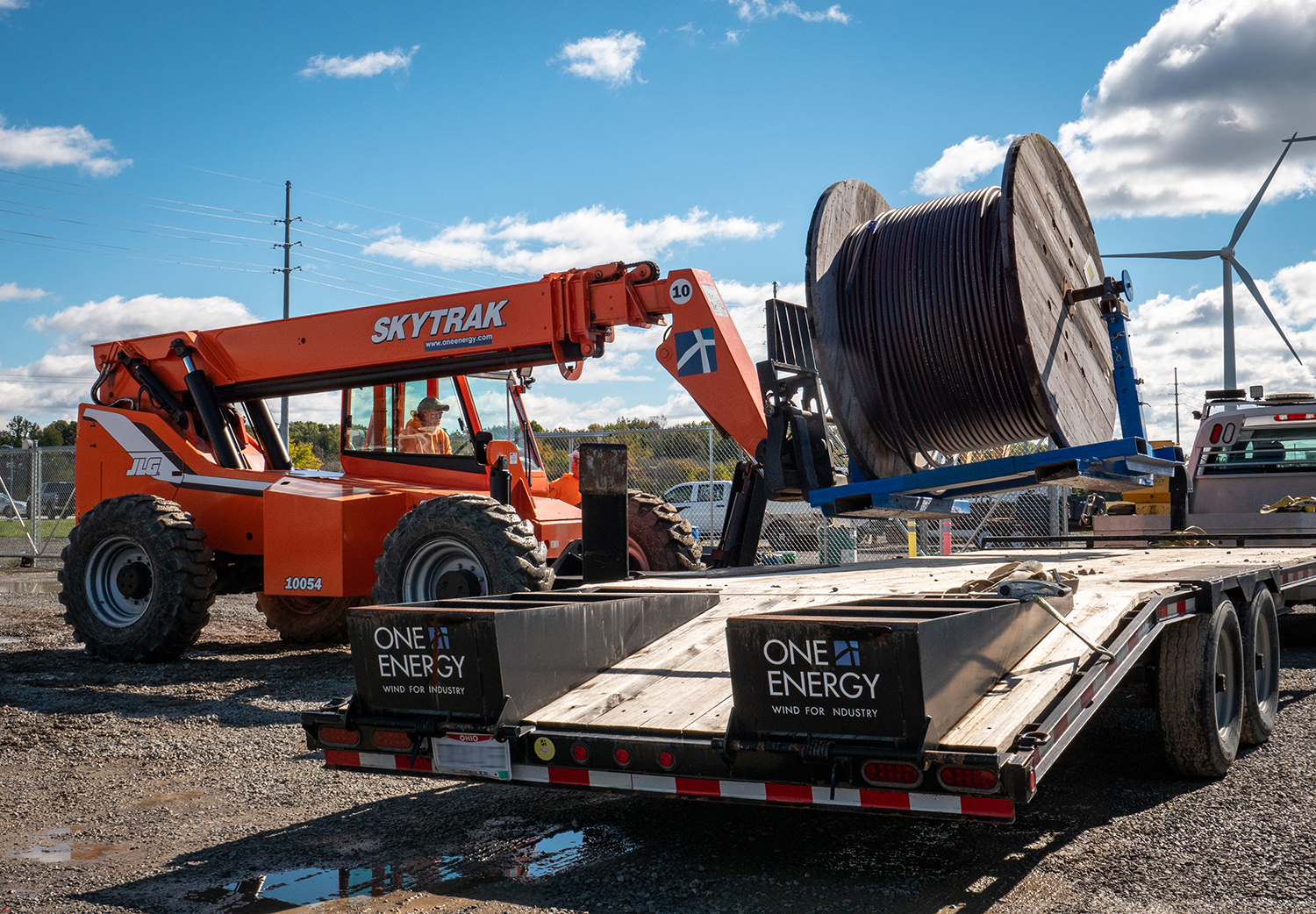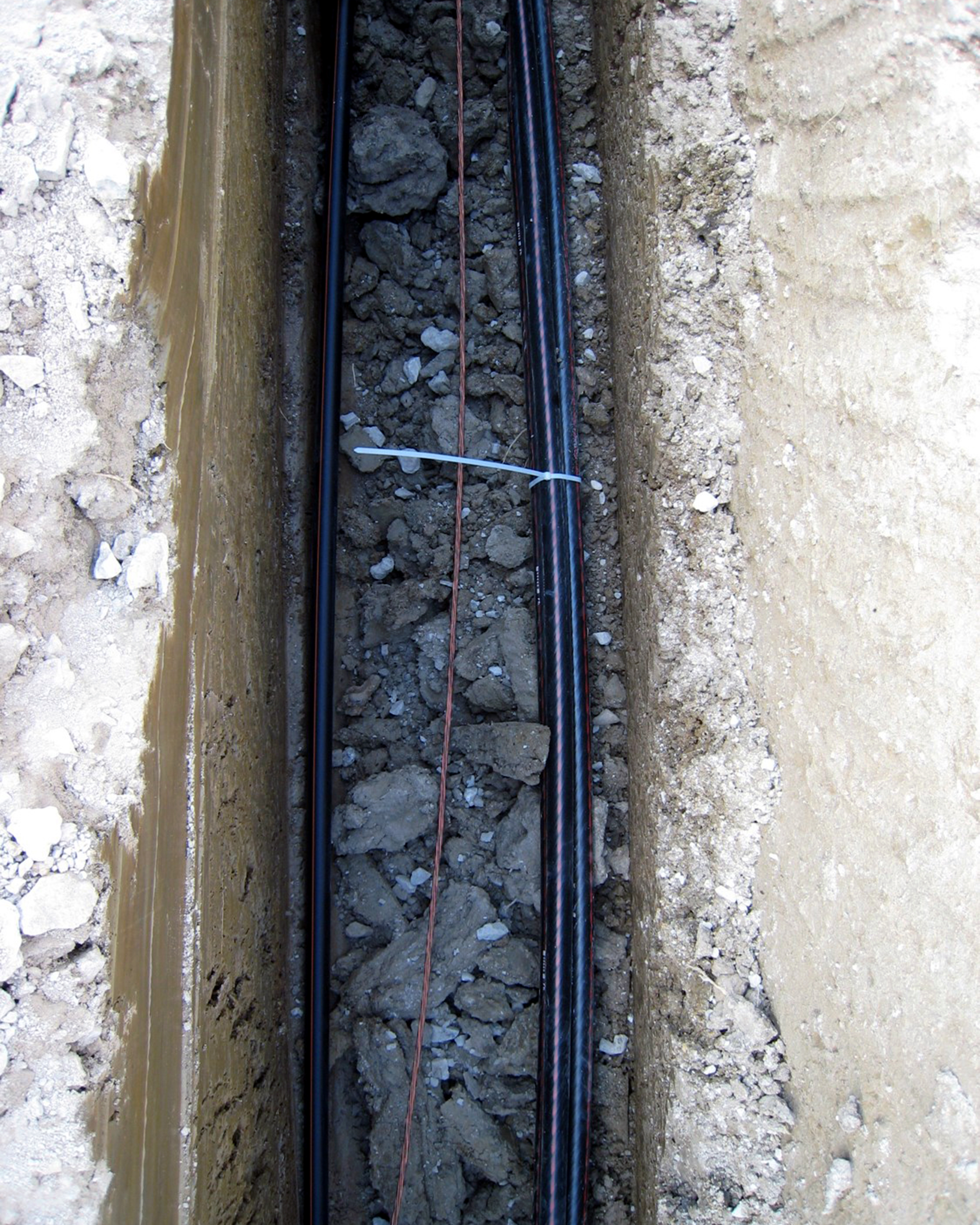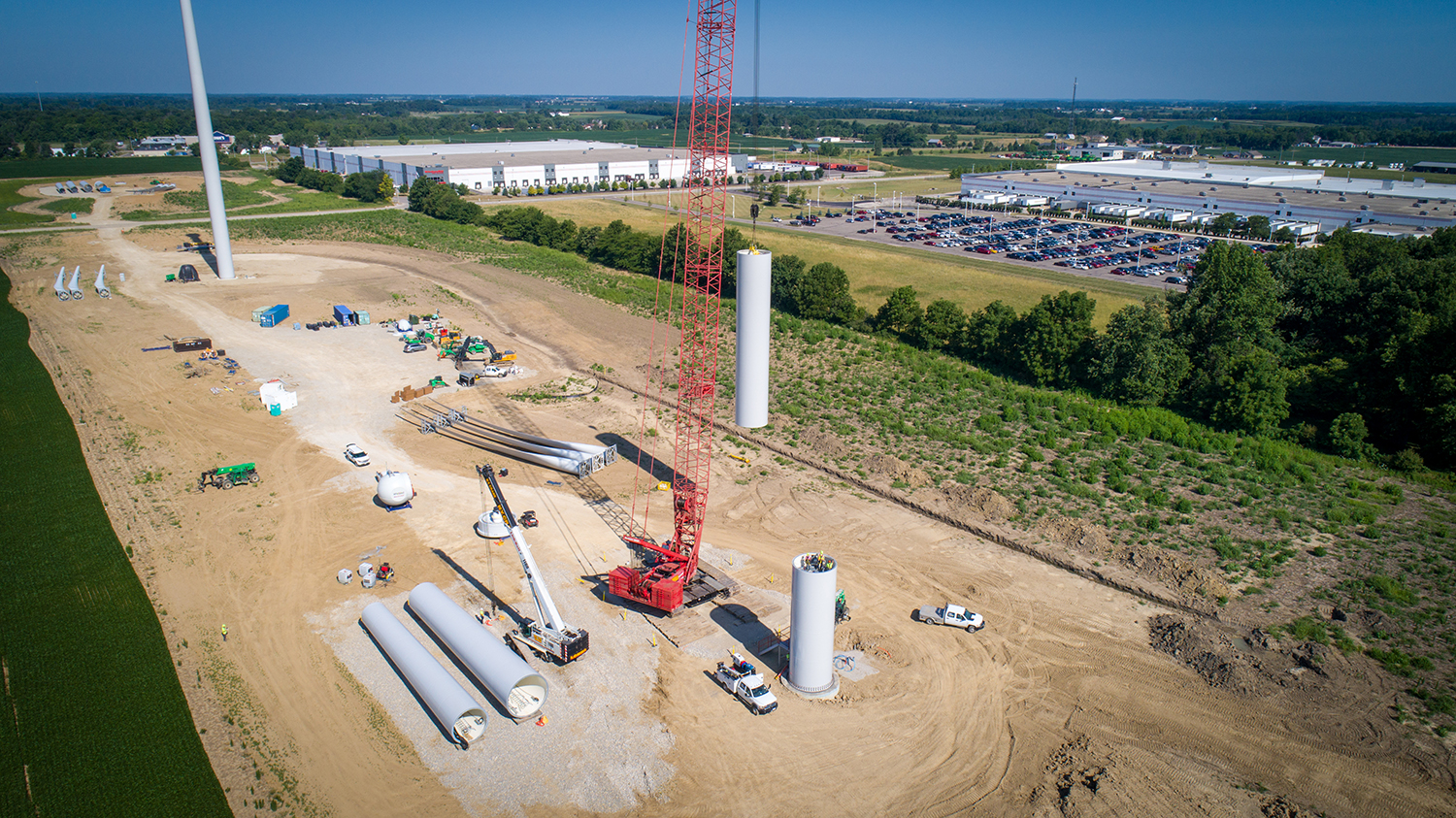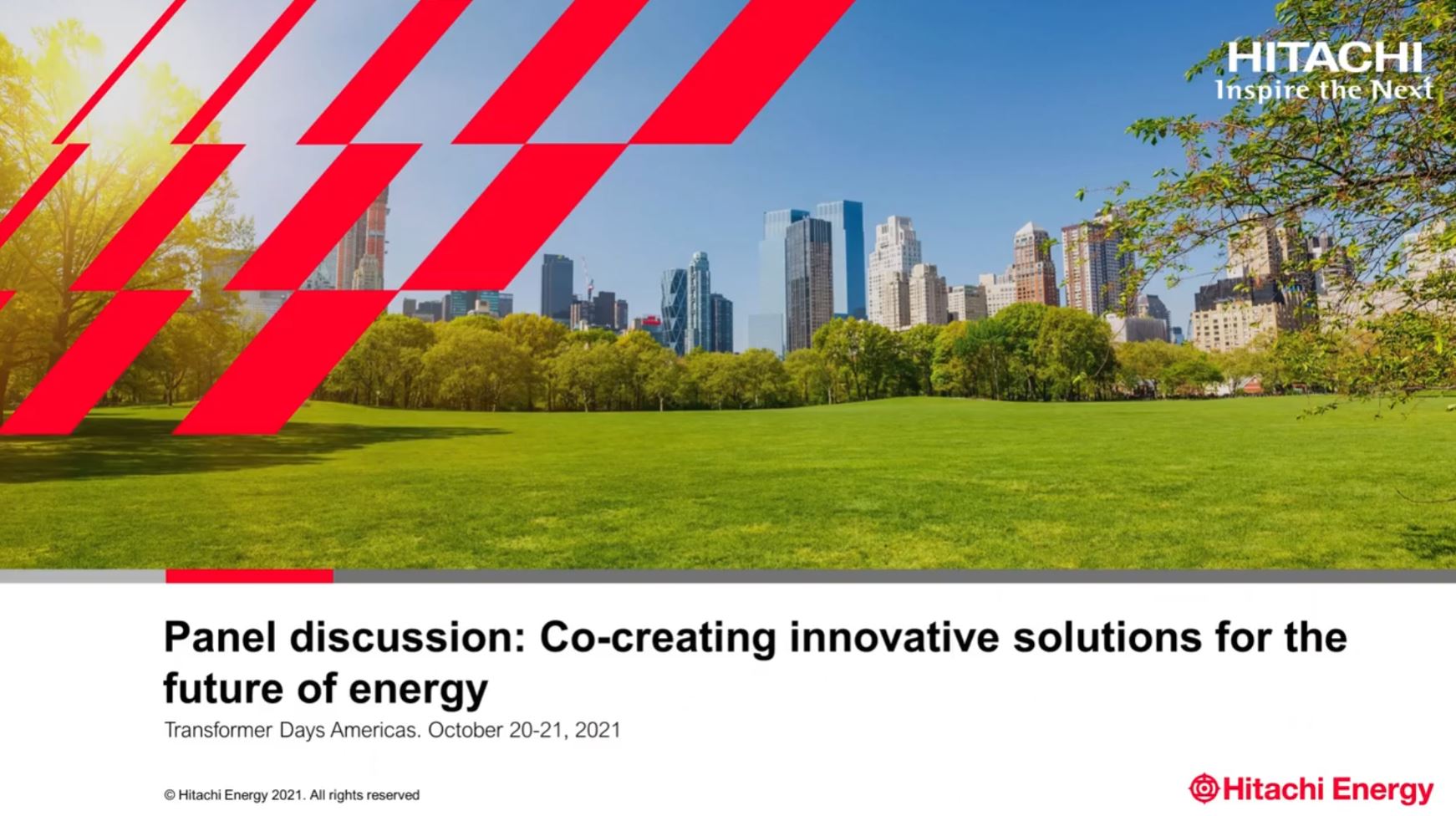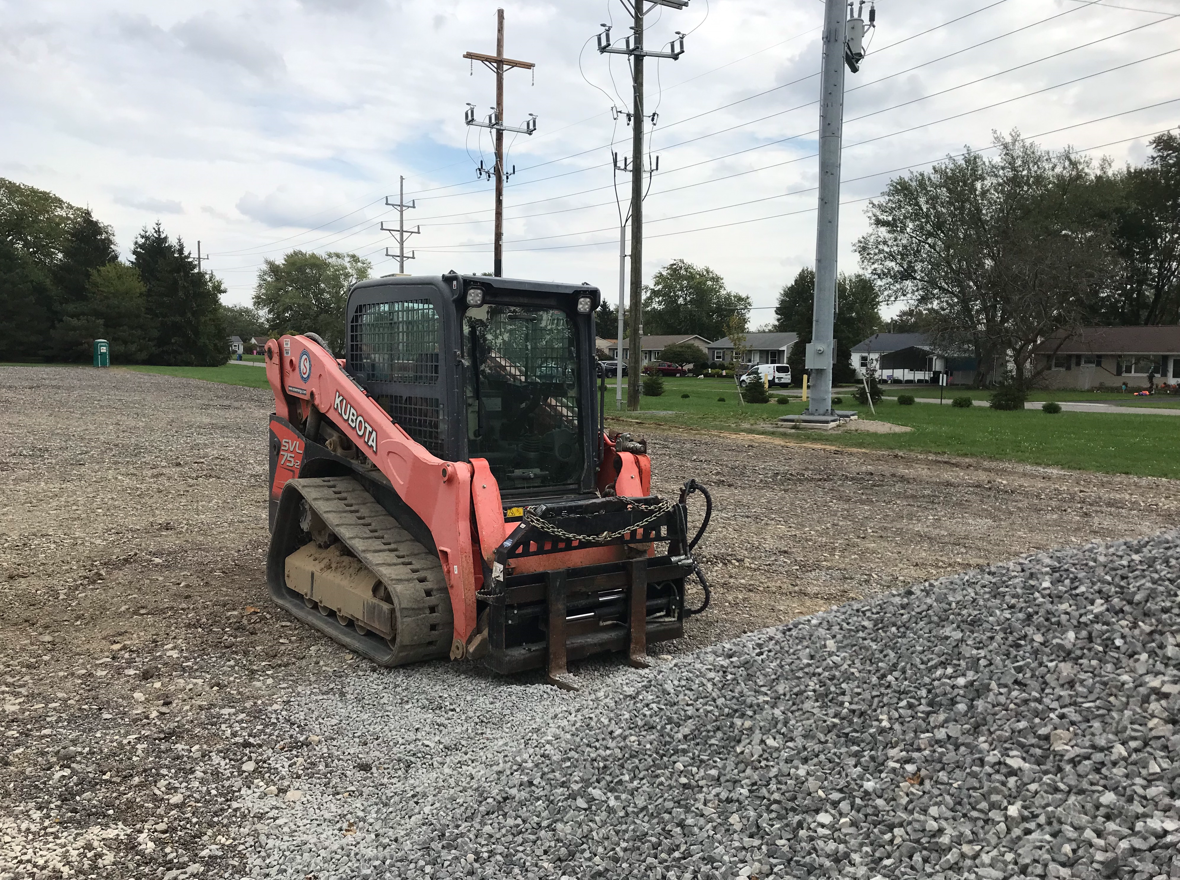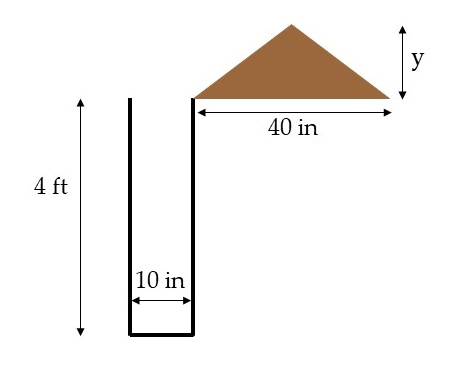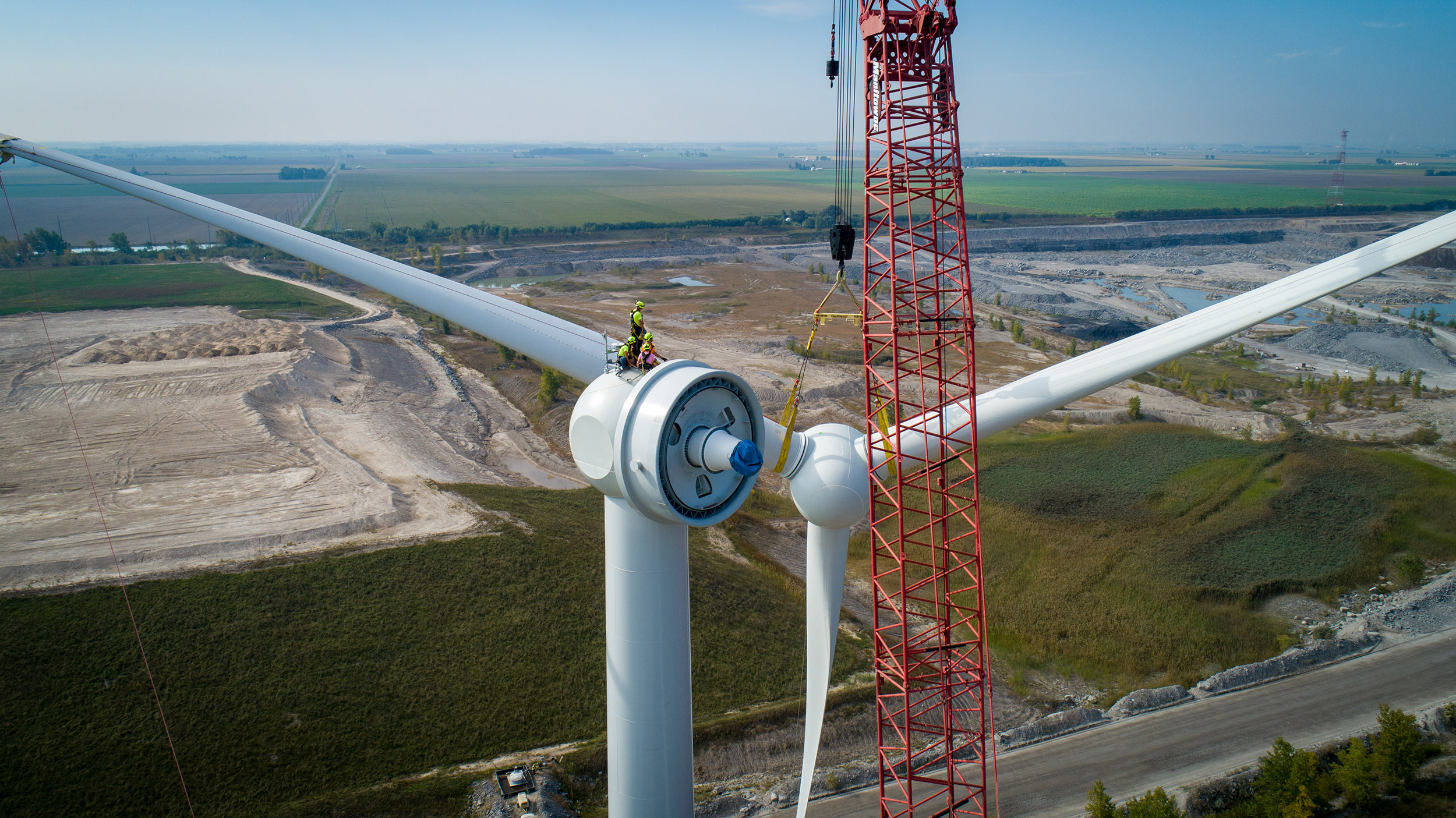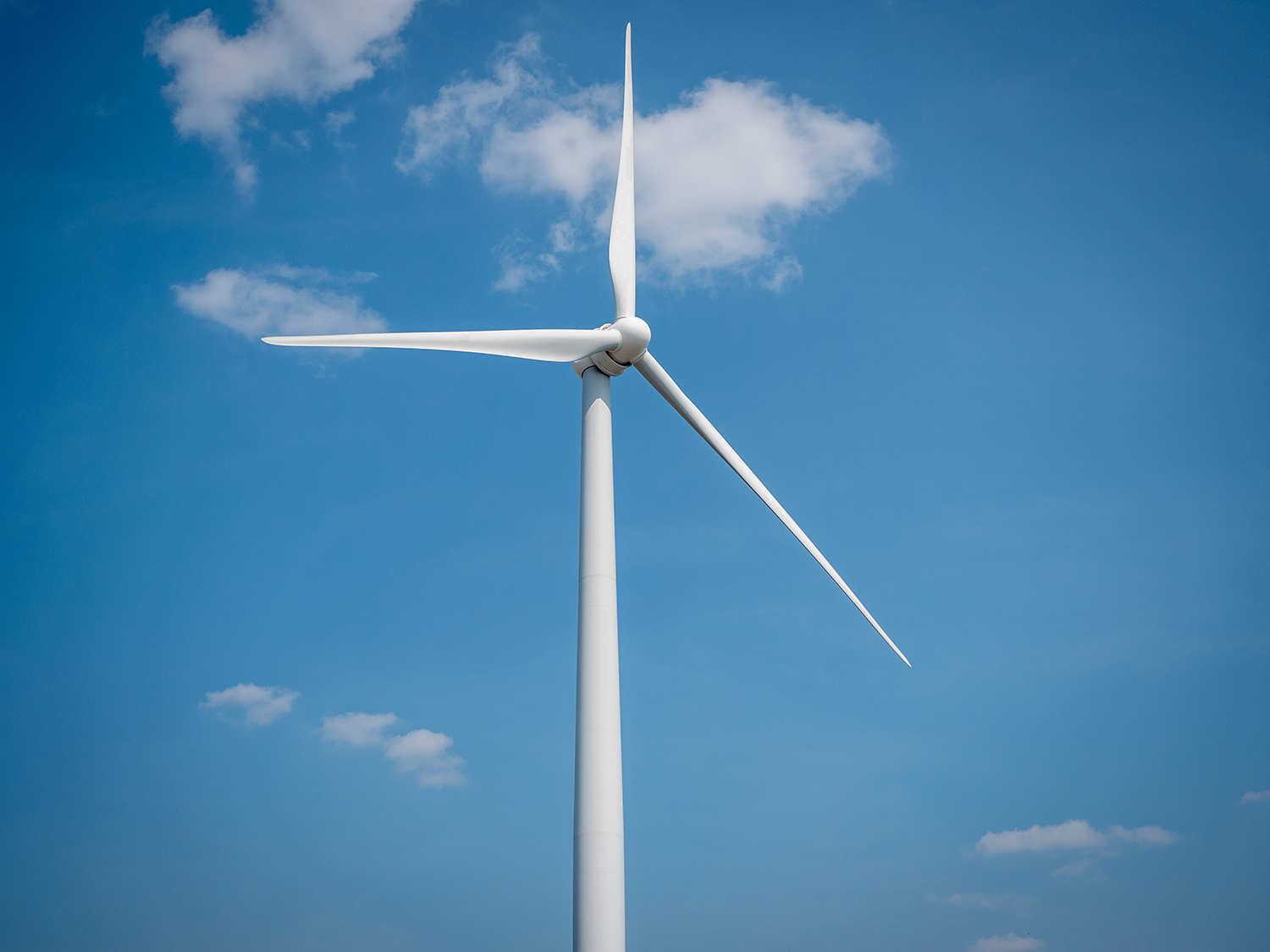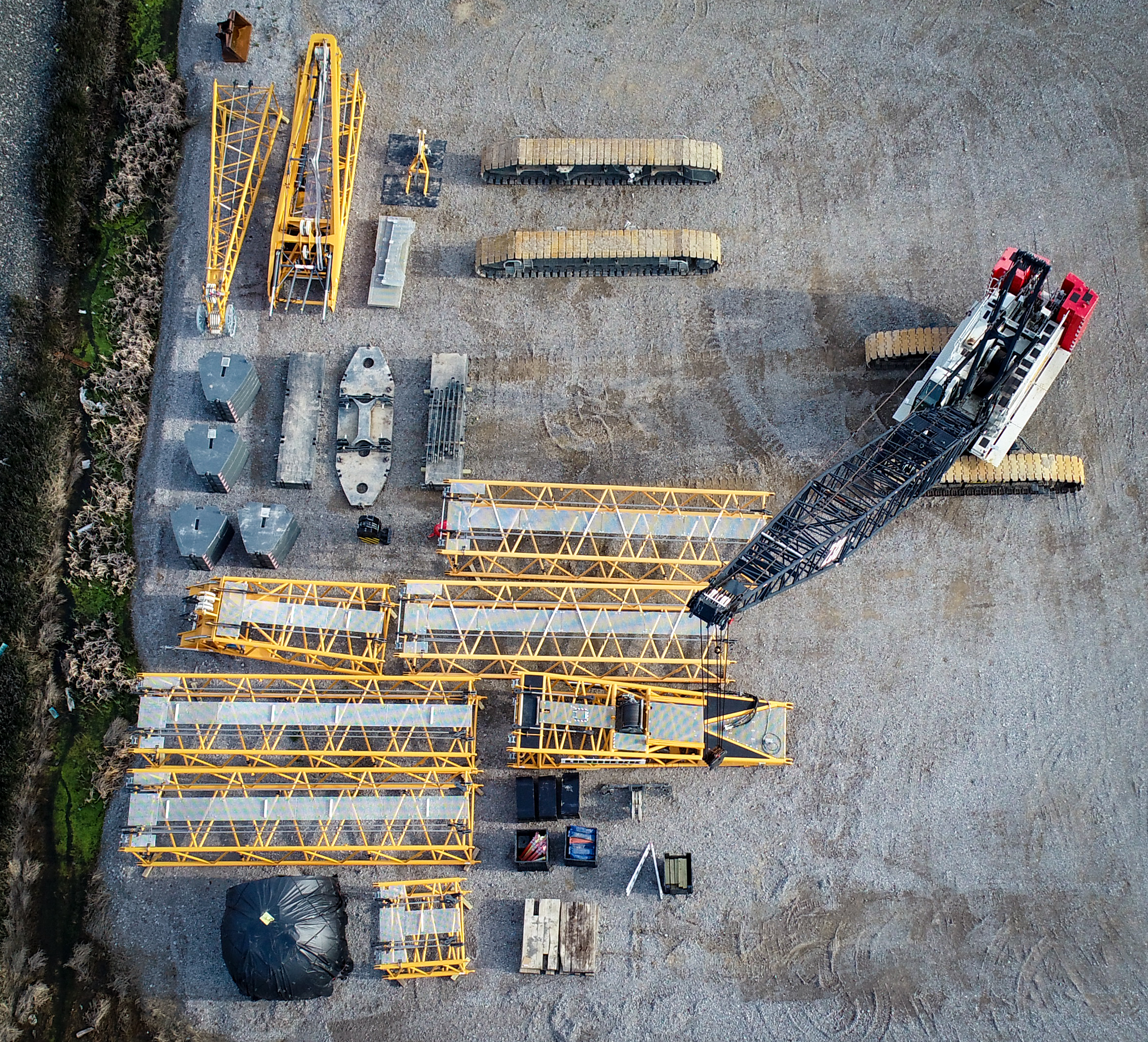“No” can be a challenging word to use or to hear. For the first 30 years of my career, I was taught to be a team player and to work to accommodate the needs of people around me. Regardless of who made the request – a supervisor, direct report, or teammate – the goal was to always accommodate that request. After years of having this mentality pounded into my head, hearing the word “no” in the workplace still puts me on the defensive immediately. Prioritizing being a “team player” has its time and place, but I feel the pendulum had swung too far. For a company looking for honest, candid feedback, these beliefs need to change. It’s time to welcome the word “no” back into corporate culture.
It has been a very difficult few years working to embrace that word, but being open to hearing it has saved me more often than I care to admit.
Saying “no” to a customer is often a hard thing to do. I used to have a standing rule to “never say no” to a customer – and at times that rule led to unprofitable situations, dissatisfied customers, or resentful employees. It took me several failures before I learned when we should say “no” to a customer – and learning how to tell them has become just as important.
Over the years I noticed projects that fell short of expectations, either physically or financially, almost always involved working outside of our core business. Just being familiar with a technology is not enough, and I have come to realize when a customer asks for something outside our expertise, we will respond with “That is not our core business, but we can find a solution for you.” This reply has proven to be a solid method of saying “no” without sacrificing value with the customer or risking business with that customer. We’re able to be true to our capabilities, while still getting the customer what they need.
Internally, messaging can be more difficult to manage, as telling someone “no” – or hearing it from one of your direct reports – can be difficult. When one of your team members responds in a negative fashion, it’s easy to have a sudden reaction without considering the complete story. The first few times I encountered this, it took all my internal control to ride out the explanation without taking a defensive position. Once I learned to listen with an open mind, I found this pushback to often be very helpful. I am positive that it took a large amount of courage and trust for that person to decline an assignment. It’s human nature to want to be respected for what you do and telling a manager or supervisor that you can’t or aren’t going to do something can be risky. Thoughts immediately go to being fired or losing respect. I have found, however, that providing the context is important and a good supervisor will listen to what you are saying and react accordingly. I find myself in situations where I need to decline a project, task, or duty fairly often and I believe that saying “no,” when necessary, has improved my ability to stay focused on the projects at hand, even if I am still not comfortable with the word.
When used with proper context, “No” can have a very positive impact on an organization. I have realized that I need to listen to my team when they push back on an assignment or project that is beyond reasonable expertise, not part of our core business, or just doesn’t fit into the time allotted. This feedback is immediate and can be used to gauge the stress level of your team. If done properly, this feedback will also keep your group focused and on track. As with any feedback system, there is a need to balance the feedback of “no” with business needs, which is not always easy. Mistakes will be made, but the more comfortable your team is with voicing dissent, the easier finding this balance will be, as they will be open to alternative solutions.
When someone around you tells you no, pay attention and respond appropriately. Be sure to listen – don’t just talk. Evaluate what is being said – don’t just react. Find a workable solution – don’t just dictate one. Otherwise, it will be the last time you hear that phrase, and your team and company will suffer because of it.
Rich Bohon is the Head of Analytics at One Energy.
Learn more about Rich and the One Energy team.










